How To Prepare A Container Ship For Loading Cargo?
When a container ship is about to approach a port for cargo loading, proper preparations should be made so that the cargo loading procedure can be carried out in a quick and safe manner.
Container ships have special cell guides and lashing equipment in the under deck compartments which helps in giving a secure stowage for sea transport. Efficient lashing and stowing of cargo containers on the deck is extremely important to prevent any kind of imbalance and loss of equilibrium of the ship. Proper planning for cargo loading is therefore required and deck officers must know how to plan cargo container stowage.
This article explains the procedure for preparing a container ship and making it ready in all aspects to receive or discharge cargo at an upcoming port.
- All bilge alarms should be properly checked for their working condition
- All bilges should be emptied before the ship berths
- An efficient ballast plan should be prepared according to the pre-arrival condition of the ship. Proper consideration should be given to the fuel consumption while planning ballasting and de-ballasting procedures.
- For securing containers, adequate lashing bars, twist locks and turnbuckles must be made available.
- Everyone involved with cargo loading and unloading procedure should know about different cargo handling equipment used on container ships.
- Deck crew in-charge of the cargo operation should make sure that all lasing bars are in position; so as to avoid damage to them or hatch covers when containers would be loaded.
- Turnbuckles and twist locks must be greased and in proper working condition
- In case any defective lashing equipment is found, it should be immediately replaced.
- Proper lighting is must during cargo operation. Thus, ensure that the ship has adequate lighting facilities on deck, lashing bridge and catwalks. In case any lights are not working, they should be replaced before the ship arrives at the port.
- In case of loading of reefer containers, ensure that all reefer plugs are working properly and extra connections “Pig Tails” are available for maximum loading of refers.
- Adequate spanners and actuator poles must be readily available for the stevedores.
- In case of any “Out of Gauge” cargo, extra lashing must be done.
- Marking of the hatch covers must be clear and properly identifiable.
- All ventilator fans in the cargo holds must be in proper working condition.
- Ensure that fire dampers for the cargo hold are in good working condition
- Timings and heights of low and high tides must be calculated prior to the loading/un-loading condition and properly displayed at the ship control centre and the bridge.
Safety of the personnel should be of utmost priority while loading cargo.
Deck crew involved with lashing and cargo activities must be extremely careful while working and should keep in mind the important points for safe container lashing.
You may also like to read – The 10 Best Printers For Shipping Labels
Image Credits cargotec

About Author
Raunek Kantharia is a marine engineer turned maritime writer and entrepreneur. After a brief stint at the sea, he founded Marine Insight in 2010. Apart from managing Marine Insight, he also writes for a number of maritime magazines and websites.
Latest Shipboard Guidelines Articles You Would Like:
Do you have info to share with us ? Suggest a correction
Subscribe To Our Newsletters
By subscribing, you agree to our Privacy Policy and may receive occasional deal communications; you can unsubscribe anytime.
Web Stories



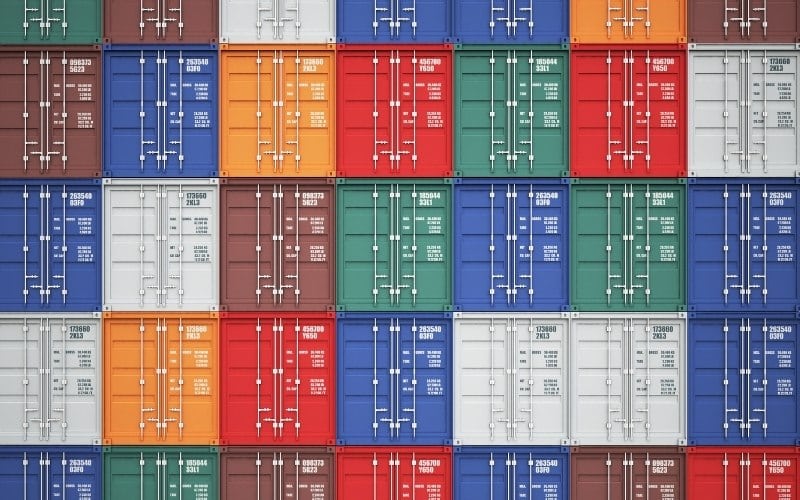
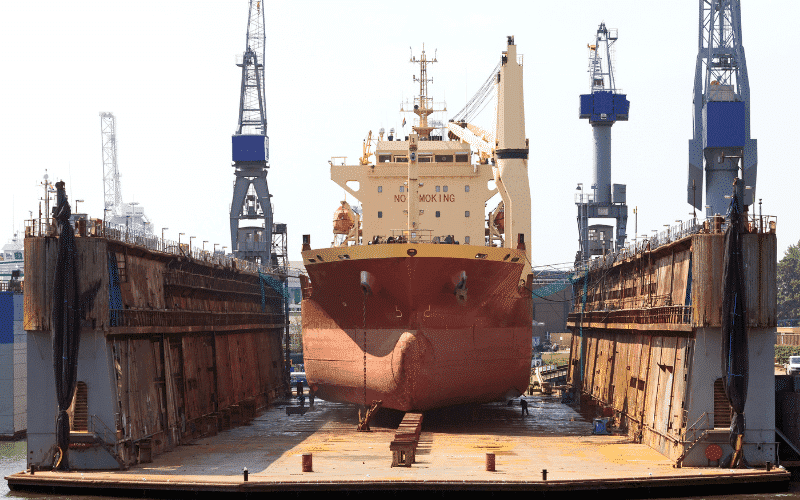

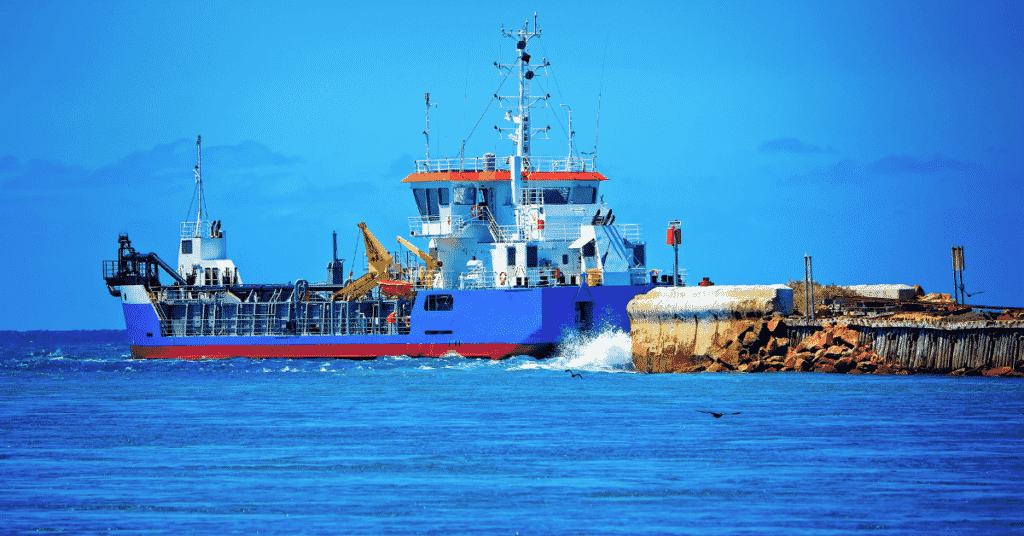
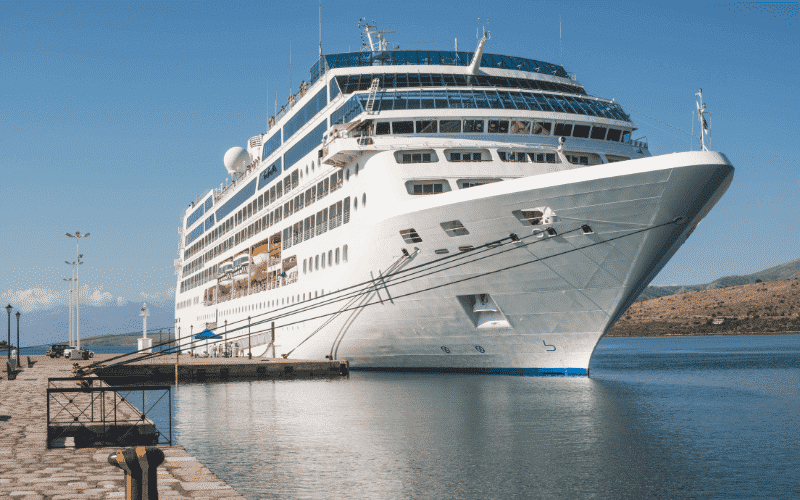
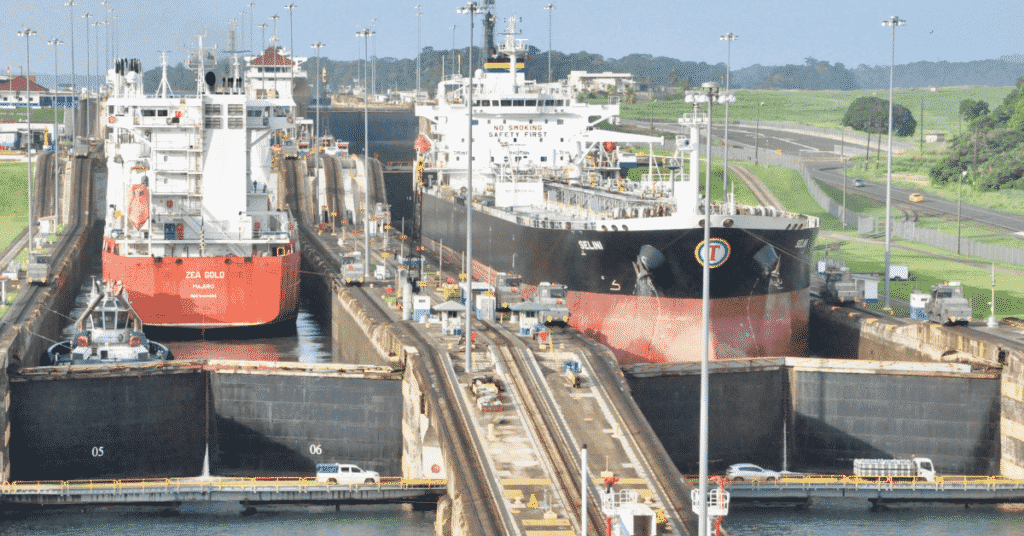
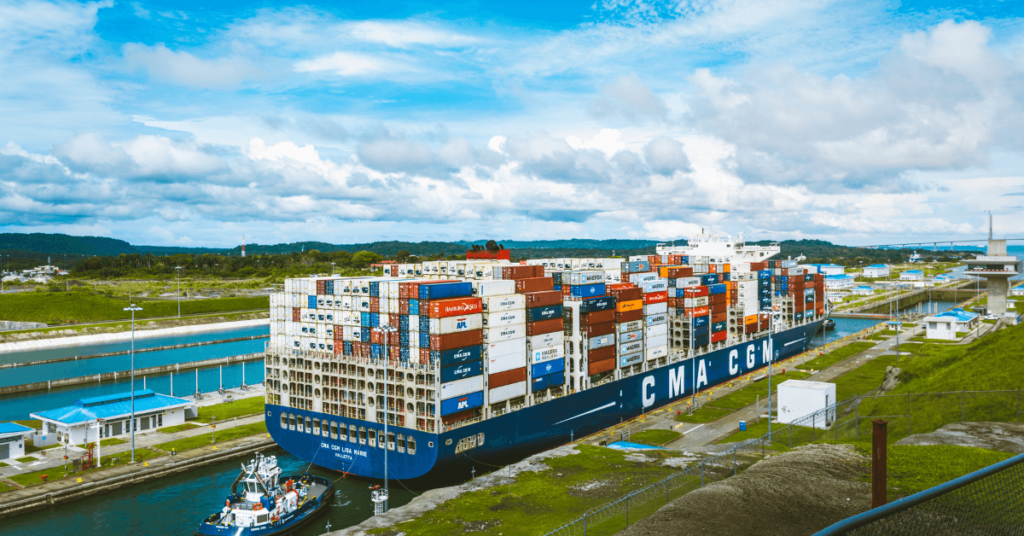

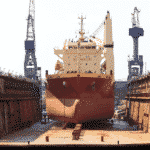

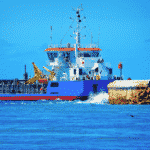
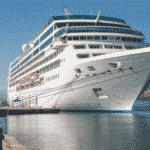
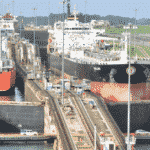
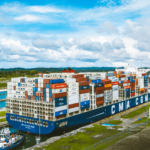

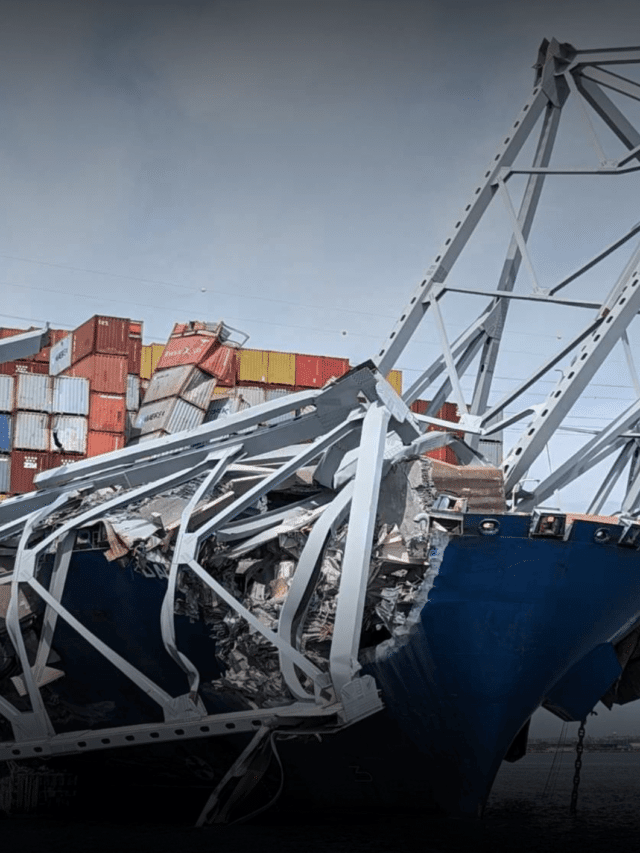


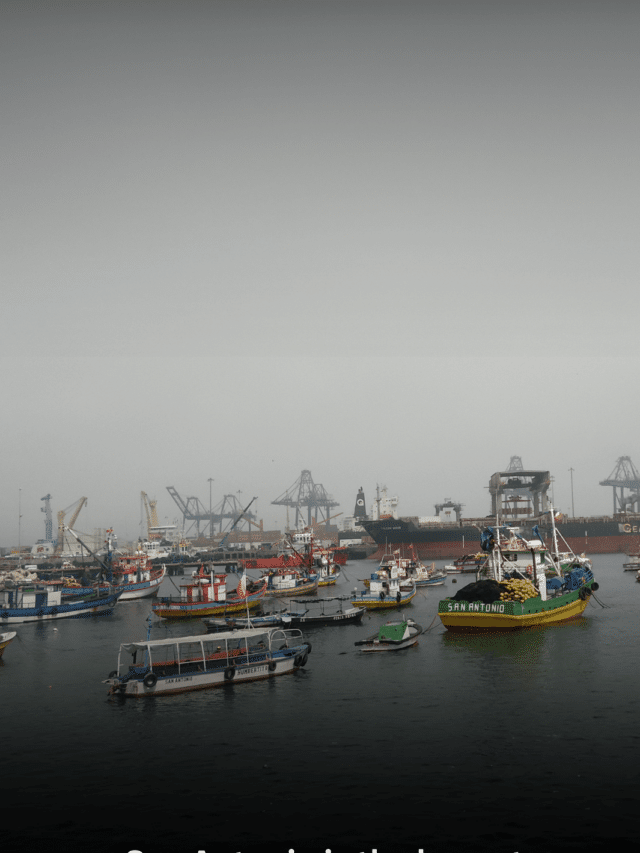
What is pig tails….and out of gauge.
It got me when you mentioned that lighting is important when it comes to loading the cargo in order to make everything safe and that if there is a light missing, it needs to be replaced. I have heard that the barge will be loaded in the near future, and they will load large heavy items. Because of this, I think lighting is twice as important. I will ask the others to patrol the grounds to see if there are broken lights nearby. Thanks.
Hello,
It is a blog section is a very unique and best ship.
Thank you for share us
Informative post! Thanks for such nice information share with us.